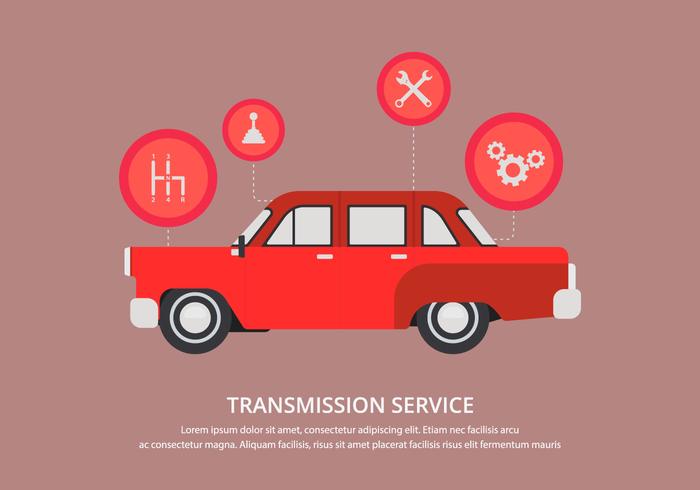Understanding The Significance Behind Your Vehicle'S Warning Lights: An Extensive Look
Understanding The Significance Behind Your Vehicle'S Warning Lights: An Extensive Look
Blog Article
Web Content By-Boye Stark
When you're behind the wheel, those glowing caution lights on your dashboard can be a little bit perplexing. Do you know what they're attempting to inform you about your car's health and wellness? Recognizing the value of these lights is essential for your safety and security and the durability of your automobile. So, the next time among those lights turns up, wouldn't you want to decode its message properly and take the required steps to resolve it?
Common Caution Lighting and Interpretations
Identify common warning lights in your vehicle and understand their definitions to ensure risk-free driving.
The most normal caution lights include the check engine light, which signifies issues with the engine or emissions system. If this light comes on, it's crucial to have your vehicle checked quickly.
The oil stress alerting light indicates low oil pressure, needing immediate focus to avoid engine damage.
A blinking battery light may suggest a faulty charging system, potentially leaving you stranded otherwise addressed.
The tire stress monitoring system (TPMS) light informs you to low tire stress, affecting lorry security and gas effectiveness. Overlooking this could result in risky driving conditions.
The ABS light indicates a problem with the anti-lock braking system, jeopardizing your capability to stop promptly in emergency situations.
Finally, the coolant temperature level cautioning light warns of engine getting too hot, which can result in extreme damage otherwise resolved quickly.
Understanding these usual caution lights will assist you deal with issues immediately and preserve secure driving conditions.
Relevance of Prompt Interest
Comprehending the usual warning lights in your auto is just the first step; the value of without delay resolving these cautions can't be highlighted enough to guarantee your safety on the road.
When a warning light illuminates on your dashboard, it's your car's means of interacting a prospective problem that needs focus. Ignoring these cautions can result in more serious issues down the road, endangering your safety and possibly costing you much more out of commission.
Trigger attention to cautioning lights can avoid failures and crashes. As an example, a blinking check engine light might indicate a misfire that, if left unattended, can cause damages to the catalytic converter. Resolving this immediately can conserve you from an expensive repair.
Likewise, a brake system alerting light may signify reduced brake fluid or worn brake pads, crucial parts for your security when driving.
Do It Yourself Troubleshooting Tips
If you observe a warning light on your control panel, there are a couple of DIY repairing ideas you can try before seeking specialist aid.
The primary step is to consult your cars and truck's handbook to understand what the details warning light suggests. Occasionally the issue can be as easy as a loosened gas cap setting off the check engine light. Tightening the gas cap may solve the issue.
https://www.altoonamirror.com/news/local-news/2021/11/board-grants-variance-to-auto-shop/ is a low battery, which can cause different cautioning lights. Inspecting auto detailing near me for deterioration and guaranteeing they're safe and secure could fix the issue.
If a warning light persists, you can try resetting it by separating the vehicle's battery for a couple of minutes and afterwards reconnecting it. Furthermore, inspecting your automobile's liquid degrees, such as oil, coolant, and brake fluid, can aid troubleshoot warning lights connected to these systems.
Verdict
To conclude, recognizing your automobile's warning lights is crucial for maintaining your vehicle running efficiently and safely. By immediately dealing with these informs and knowing what they imply, you can stay clear of pricey fixings and prospective malfunctions.
Keep in mind to consult your car's guidebook for particular details on each warning light and act appropriately to ensure a trouble-free driving experience.
Keep informed, remain risk-free when traveling!
